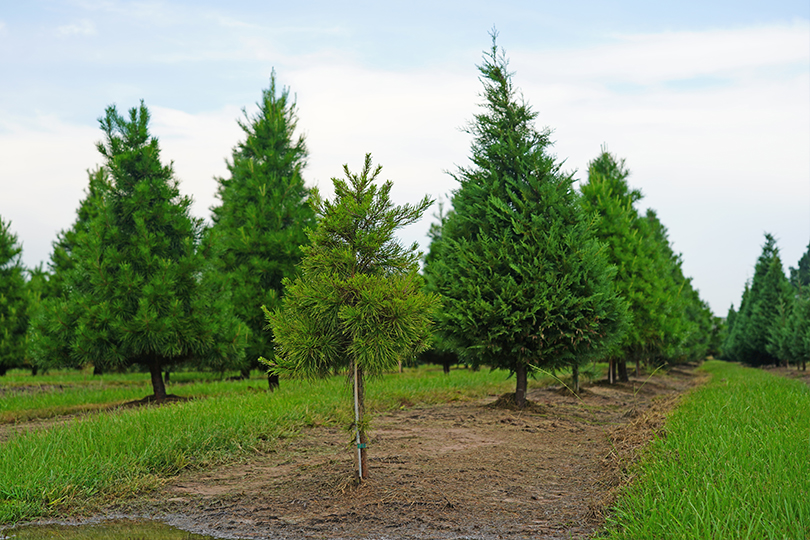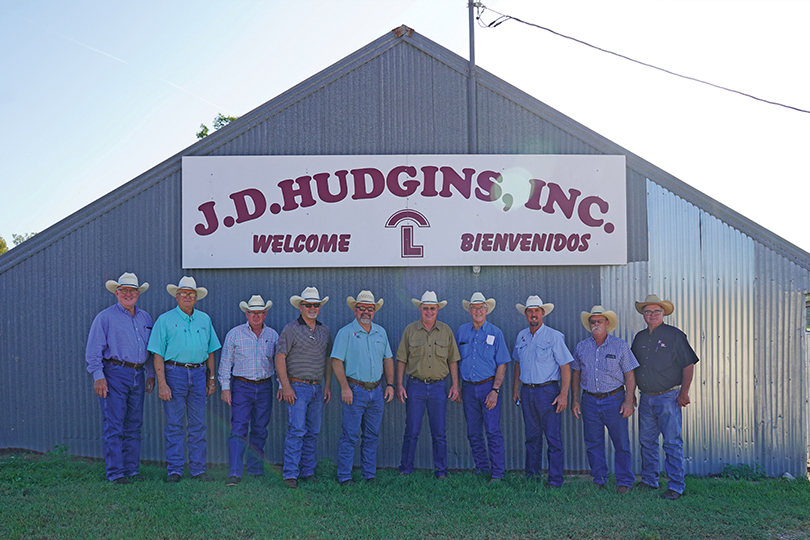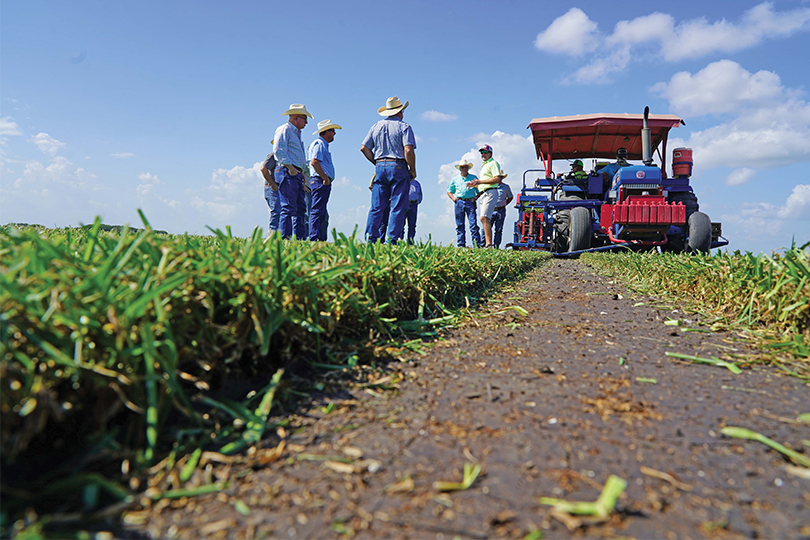By Julie Tomascik
Editor
From the fields to the jobs it creates, Texas agriculture is unique. An educational tour of Southeast Texas showed the Texas Farm Bureau (TFB) board of directors the area’s agricultural diversity, providing a better understanding of the business and industry impacts from the region.
“We visited some producers and different types of facilities here in Southeast Texas,” TFB President Russell Boening said. “We saw some cotton production and grain production, but we also saw things that are a little different. We saw a produce farm—a small farm in acres, but someone that’s right in the middle of suburbia, so to speak.”
The four-day trip through the Houston area gave the directors a look at urbanization’s effect on agriculture. For the owners of Old Time Christmas Tree Farm in Spring, learning to adapt was essential.

“We went to a Christmas tree farm. That farmer was more of a conventional producer years ago, but he had to figure out a way to continue in agriculture in a different way with the Houston population growing around him,” Boening said.
As the Houston area continues to expand, productive agricultural land is covered in cement, leaving farmers and ranchers to adapt quickly in order to survive.
“It’s quite the experience to come down here. You’re in a city, and then all of a sudden you come to a Christmas tree farm. It’s 60 acres and a thriving business,” TFB Vice President Mark Daniel said. “We’ve seen vegetable farms to cattle operations and more, even a beef, pork and chicken processing plant. And we’re just right in amongst the suburbs.”
They visited Harris Country Farms, the largest Halal slaughter facility in Texas. It’s located in Houston and markets to the cultural diversity in the region.
One of the educational tour stops was Everde Nursery in Glen Fora. Their inventory includes trees, shrubs, perennials, palms, grasses, tropicals, fruits and succulents, among others.
At Atkinson Farms, the state directors learned how Mike and Theresa Atkinson took their fourth-generation vegetable farm and turned it into an agritourism experience. The Atkinsons grow over 60 different types of vegetables year-round, supplying local restaurants with produce and area residents with fresh vegetables and u-pick berries through their farm and on-site market.
But those weren’t the only stops on the educational tour.
At Holub Fish, LLC in Blessing, the leaders learned more about fish farming. The family farm raises catfish and hybrid striped bass for wholesale food markets and recreational fish stocking.
The area’s climate is ideal for growing fish, although Winter Storm Uri dealt a significant blow to some of the fish farms.
They also visited a rice and crawfish farm owned by Herff Cornelius.
“We’ve seen catfish and bass farming. We’ve been to a crawfish farm, saw vegetable production. We’ve seen a multitude of things that involve agriculture right here in the Houston area,” TFB Secretary-Treasurer Walt Hagood said. “They’ve all given us insight into what’s going on and the challenges they have, which are very similar to the challenges we have in the Panhandle. But weather is a huge factor and a difference. We constantly worry about being dry, and so many of the producers around here are worried about being too wet.”
At Triangle Turf in Bay City, the grass is always greener. The turf farm grows St. Augustine grass, Bermudagrass and Zoysia grass. The sod is sold in pallets or rolls to fit custom installation requirements.
“I wanted my fellow directors to see how unique this area is, how much rainfall we get compared to other parts of the state and the unique, different operations that we have,” said TFB District 11 State Director Allen Kaminski, who is from Sealy and represents Southeast Texas. “They’re all agriculture-related, but fish farming, crawfish farming, nursery operations—it’s agriculture, but it’s different aspects that you don’t always think about.”
The tour also included more traditional farms and ranches like J.D. Hudgins, Inc., who have been raising Brahman cattle for over 100 years. They toured United Ag Hillje Cotton Gin in El Campo, too.

As part of the educational tour, the directors met with Port of Houston Authority representatives for a tour of the port’s facilities.
They also visited the British and Vietnamese consulates, where they discussed trade, policies and the importance of exports to Texas agriculture. Vietnam is the seventh largest U.S. agricultural export market and has seen 103% in growth since 2011. It’s also an important market for Texas commodities.
“The meetings with the consulates were very good,” Boening said. “We have to have these relationships so that when we start working on things like trade that are so important to Texas agriculture, we can rely on these relationships.”
No matter the region, weather or circumstances, agriculture finds a way to survive and thrive. It’s the spirit of farmers and ranchers, and it’s definitely true in Southeast Texas where the growing population threatens the rural way of life.
“These trips are made to kind of reinforce the things that we know about, but you actually get to see them firsthand. And I think it helps us better represent our members,” Boening said.

